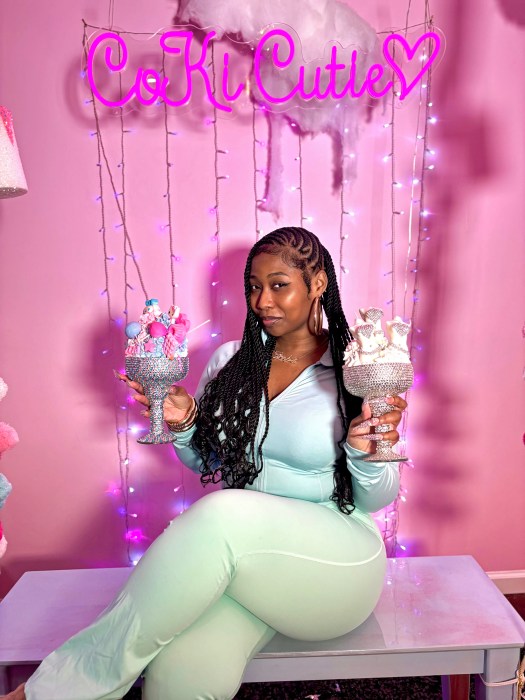Recently, the story broke that foreclosures were at the lowest level since 2007. That sounds like great news—we’re finally cleaning up the mess from the real estate bubble. Except for one thing: RealtyTrac.com, a marketer of information on foreclosed real estate, noted in April that the number of short sales (where a bank allows an owner to sell for less than is owed on the mortgage) were up by 33 percent from last year. In other words, there’s still plenty of distressed real estate; the banks are just using a different method to get rid of them.
The fallout from the bubble and the associated financial meltdown continues to cause pain for a lot of people. The standard question among economists is, “What can we do to get things back to the way they were?” But it’s not clear why we’d want to do that. There’s no point in trying to return to inflated prices that have everything to do with speculation and nothing to do with real value. There’s nothing to be gained by recreating a market where everyone buys the biggest house they can afford—and maybe a bit more.
Why not ask, instead, what we can do to create a different model for housing—one that embraces the best of tradition and the best of new thinking. Since 1950, the average size of a new house in the United States has more than doubled, even as average household size has decreased by nearly a quarter. The average American now has living space just shy of 1,000 square feet—nearly the size of the average house in 1950. Have our needs really changed that much in six decades? Or have we been sold something we don’t really need?
While not a scientific survey, here’s an interesting data point: One of the perennially popular articles on the YES! Magazine website is the story of Dee Williams’ tiny house. Williams moved from a 1,500-square-foot house to an 84-square-foot house she built herself for $9,000. That’s extreme, for sure, and no one expects the majority of Americans to go that far. But the continued interest in the concept says that people are realizing that smaller is better.
A return to smaller houses has many advantages. They’re less expensive to build, so you don’t have to get the biggest mortgage you can afford to own one—and your chances of ending up as a foreclosure statistic are lower. They’re easier to heat and cool, saving both dollars and resources.
Not everyone is going to build a new house, and there’s a huge stock of existing larger houses. But those, too, offer the opportunity for living smaller. An increasing number of people are “doubling up,” living with friends or family—whether out of economic necessity or desire to downsize both living space and expenses. The nearly 18 percent of existing housing stock that’s larger than 3,000 square feet could be divided into multiple dwelling units.
The Census Bureau estimates that more than 18 million houses stood empty during 2011, even as hundreds of thousands of people were homeless. Millions more are insecure in their housing because they’re burdened with underwater mortgages or because they’re renting.
The real solution to the wrecked state of U.S. real estate is not to try to get things back to where they were. It’s to find creative ways to match supply with demand, to change the way we finance housing, and to recognize that owning the biggest house on the block could be the American nightmare rather than the American dream.
Doug Pibel is managing editor of YES! Magazine, which recently published an issue on homes in a post-bubble world.
© Copyright American Forum. 7/12



























